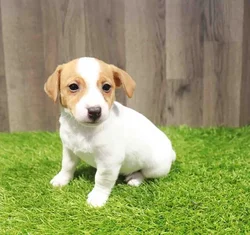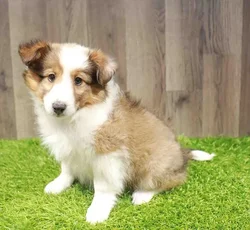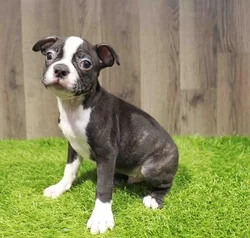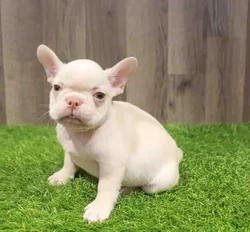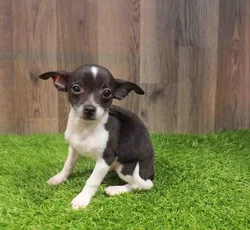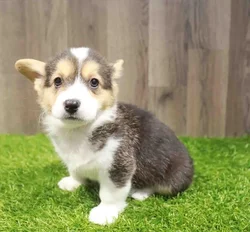Lhasa Apso
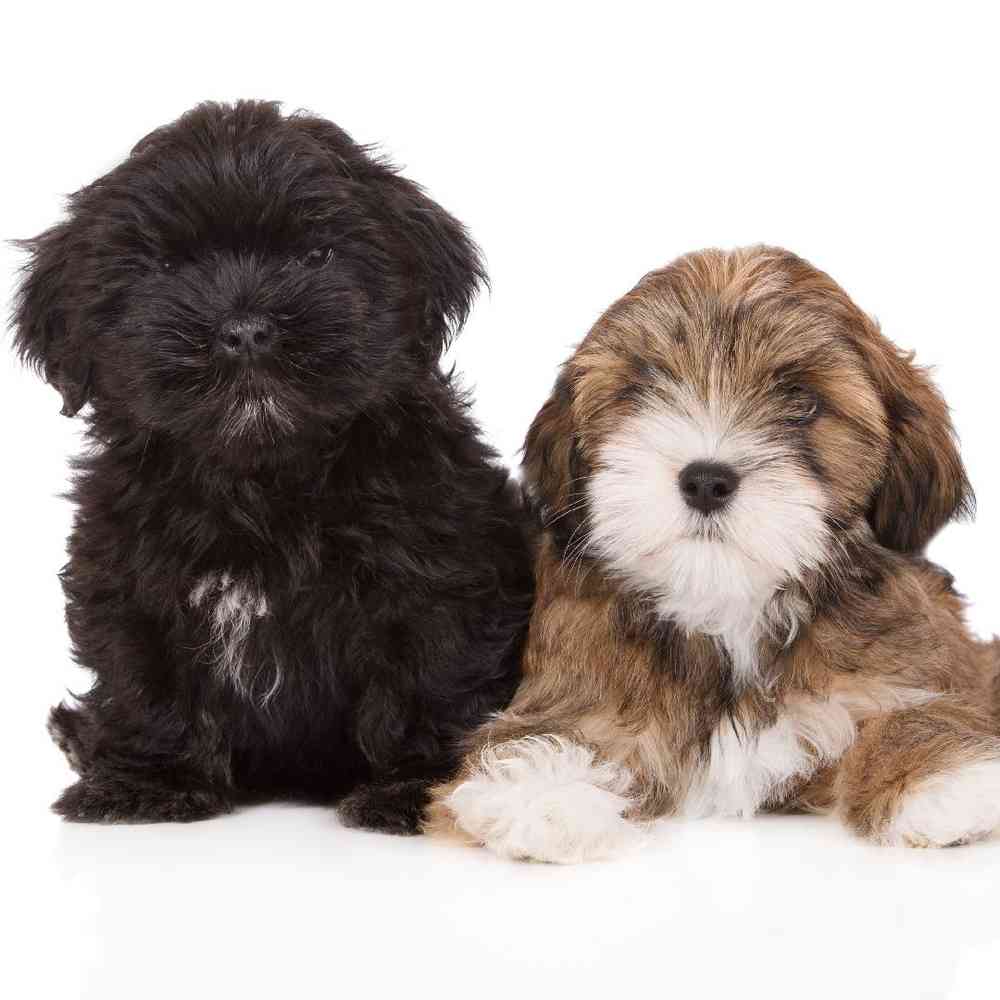
The lavishly coated Lhasa Apso is a truly ancient breed! They are smart, confident, and complex. Lhasas are family comedians but also have a protective nature!



Breed Traits
Clubs, Registries & Associations
American Canine Association Continental Kennel Club Universal Kennel Club International American Kennel Club United All Breed Registry America's Pet Registry, Inc. United Kennel Club (Based on breed recognition. See store for details on this particular puppy.)
Group
Heritage
Description
Health Awareness
Personality
Exercise/Energy Level
Additional Information
Character
Gay and assertive, but chary of strangers.
Size, Proportion, Substance
Head
Neck, Topline, Body
Feet
Coat
Color
Temperament
About
Standing less than a foot high at the shoulder, Lhasas are small but hardy dogs of aristocratic bearing. They’re famous for a floor-length, flat-hanging coat, parted in the middle and draping each side of the body. A feathery tail curls over the back in the distinct manner of Tibetan breeds. The breed’s fans say the dark, oval-shaped eyes—peeping through lavish facial hair—are the windows of a Lhasa’s merry soul. The complete picture is unmistakably Asian: exotic, elegant, and serenely well balanced.
History
Standard
Nutrition
Grooming
Exercise
Training
Health
All pets have found there homes! Sign up to be notified when new pets are added so you don't miss out.






